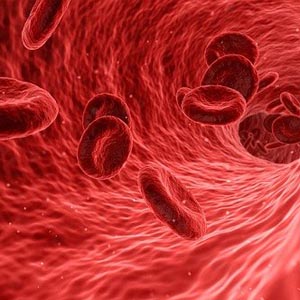Red cell distribution width, a predictive factor in immunocompromised patients with COVID-19: A comparison retrospective study between cancer and kidney transplant patients

Accepted: 21 May 2022
HTML: 4
All claims expressed in this article are solely those of the authors and do not necessarily represent those of their affiliated organizations, or those of the publisher, the editors and the reviewers. Any product that may be evaluated in this article or claim that may be made by its manufacturer is not guaranteed or endorsed by the publisher.
Authors
We aimed to review the records of cancer and kidney transplant patients of out of 1135 COVID-19 patients, who were referred to our hospital (Valiasr) in Zanjan, from March 16th, 2020, to June 11th, 2020. This was single-center, historical cohort study. Patients were divided into different subgroups and compared of disease outcomes. The only predictor of death was lactate dehydrogenase (LDH). The rate of red cell distribution width (RDW) in patients with active cancer was higher than kidney transplant patients and was statistically significant. There was no statistically significant difference in mortality between active and non-active cancer groups. Female sex and low SpO2 has increased the chances of ICU admission. Patients with active cancer generally have severe and more complicated disease and RDW can be a predictable option.
How to Cite
PAGEPress has chosen to apply the Creative Commons Attribution NonCommercial 4.0 International License (CC BY-NC 4.0) to all manuscripts to be published.

 https://doi.org/10.4081/ejtm.2022.10582
https://doi.org/10.4081/ejtm.2022.10582



